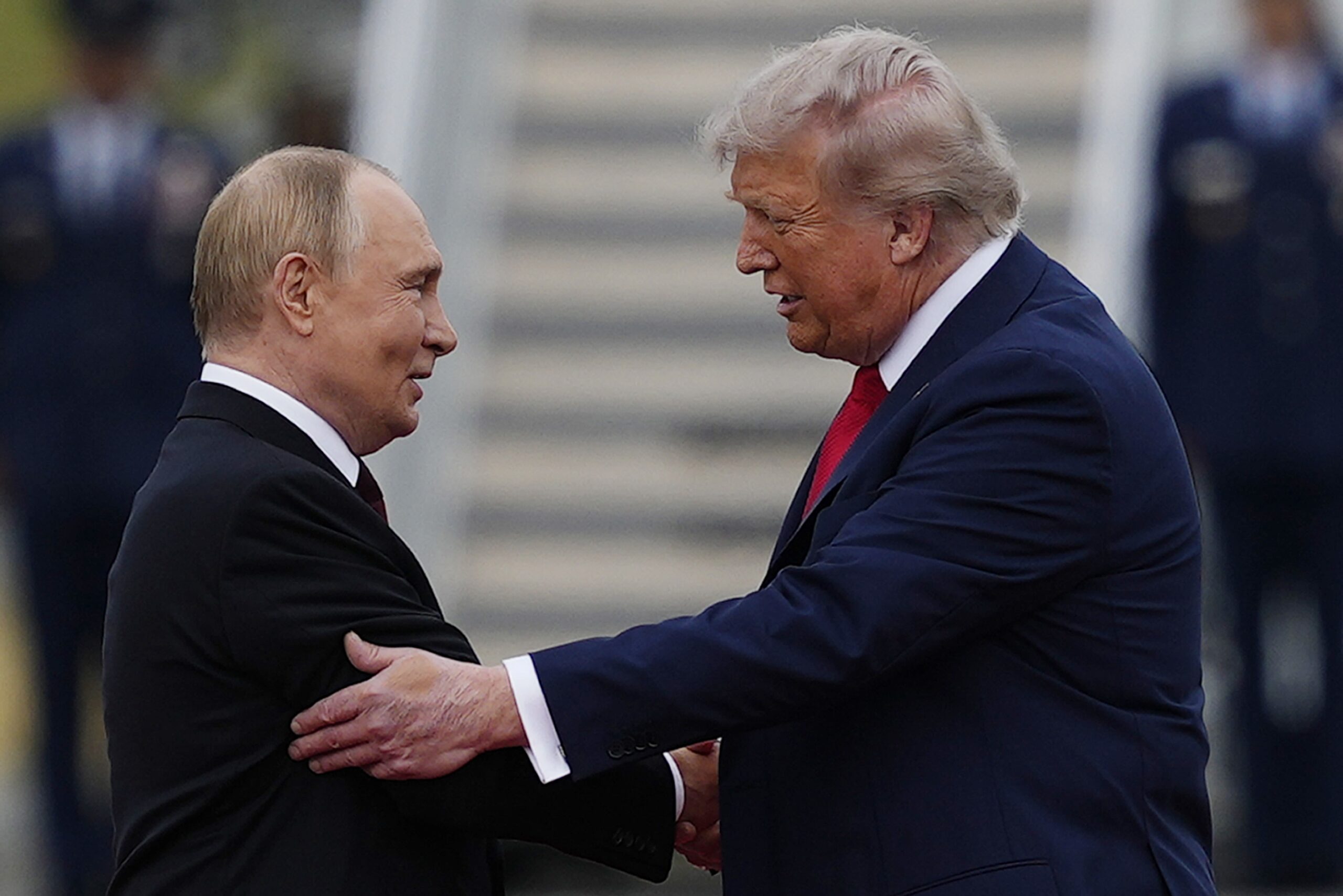As the war in Ukraine drags into another year and tensions simmer between global superpowers, the possibility of direct talks between the US and Russian presidents has everyone from diplomats to everyday citizens paying close attention.
Washington and Moscow have a history of high-stakes dialogue, but with so much on the line right now, even the prospect of a conversation between the two leaders could tip the scales in one direction or another.
War’s toll and elusive solutions
Since Russia kicked off its invasion of Ukraine back in February 2022, the country has been battered by relentless fighting. The war has left thousands dead, millions displaced, and whole neighborhoods wiped off the map.
The United States, backed by European allies, has thrown its weight behind Ukraine, supplying military aid and imposing sweeping sanctions on Moscow. While there have been plenty of attempts at peace talks over the past two years, deep divisions over territory, security, and basic principles have kept any real resolution out of reach.
Diplomatic chess: more show than substance?
A direct face-off between the American and Russian presidents might grab headlines and signal a willingness to talk, but veteran analysts warn that photo ops rarely translate into real breakthroughs. At the end of the day, both sides are holding fast to their core demands.
Can there really be a deal that upholds Ukraine’s sovereignty while at the same time giving Russia the security guarantees it wants? Is the world prepared for the tough compromises that might take and what does that mean for Ukrainians suffering on the ground?
Holding the line: US, Europe, and Kyiv
Washington has made it clear: any deal about Ukraine has to include Kyiv at the table. President Volodymyr Zelenskyy has said time and again that his government won’t accept any backroom agreements made over their heads.
European countries are pushing hard for diplomacy but also warning against quick fixes that might just freeze the conflict instead of ending it. In the background, humanitarian groups are sounding the alarm civilians are bearing the brunt of this war, and any solution has to put their needs front and center.
Stalemate, uncertainty, and what comes next
To date, no round of talks has produced a ceasefire that lasts. The world community is split between holding out hope for diplomacy and bracing for more months, maybe years, of bloodshed.
For now, the only thing that’s certain is the uncertainty itself. The question on everyone’s mind: will a meeting at the highest level finally move the needle, or just mark another chapter in a conflict that shows no sign of ending?
Let me know if you need this fit to a specific outlet, length, or with added expert commentary. Would you like the piece to focus more on US policy, the humanitarian situation, or background analysis?
Contact us today through our WhatsApp to discover how we can help you achieve success in the United States. Together, we can turn dreams into reality.
Information source: wsj.com | pbs.org | bbc.com | msnbc.com | money.usnews.com



